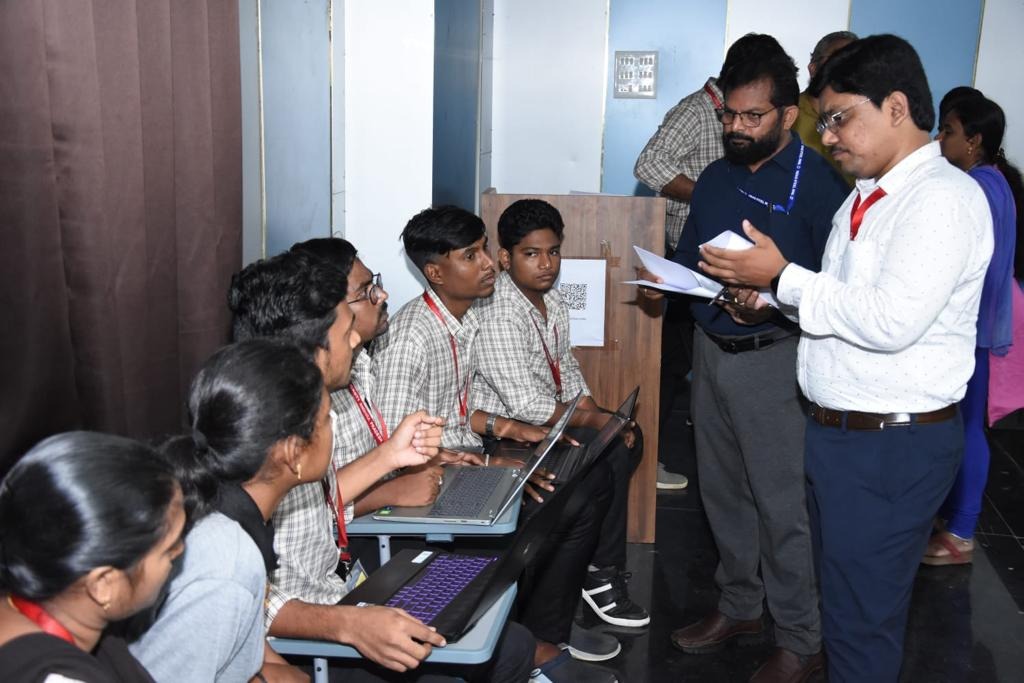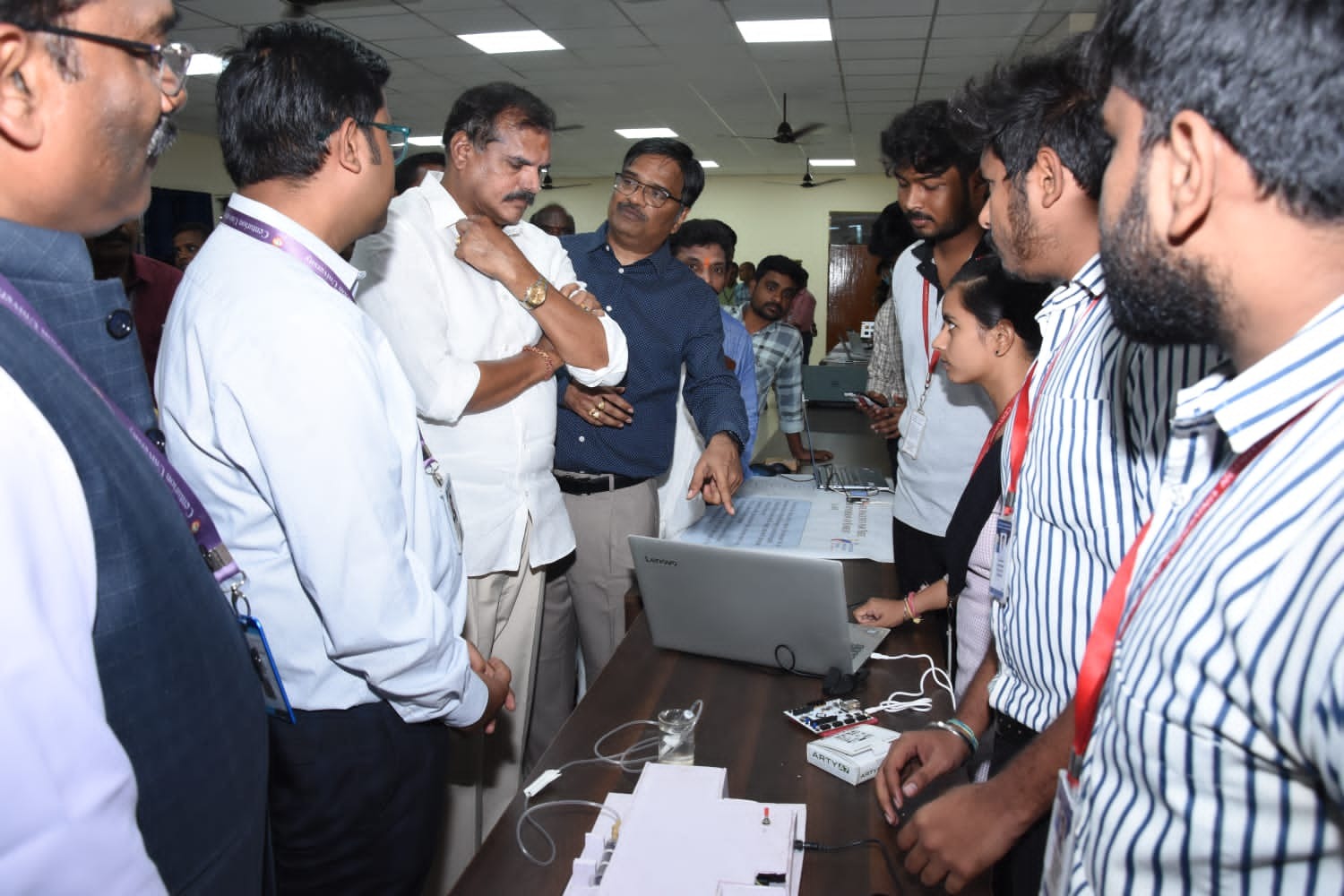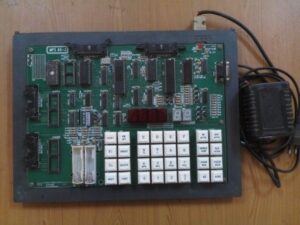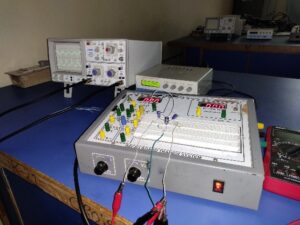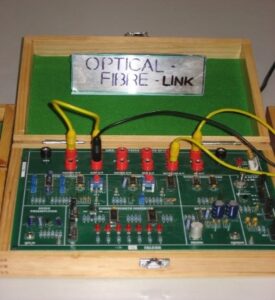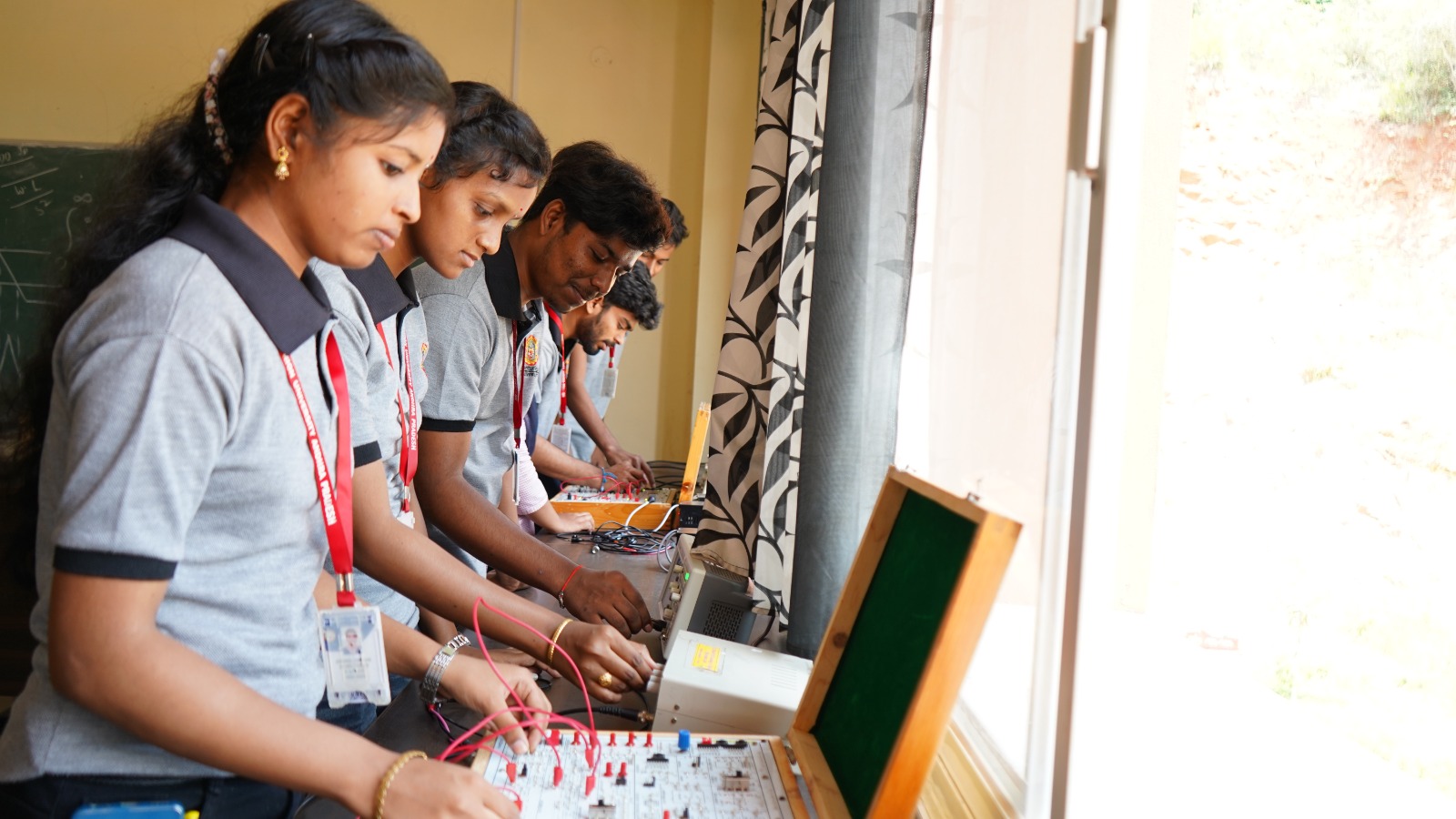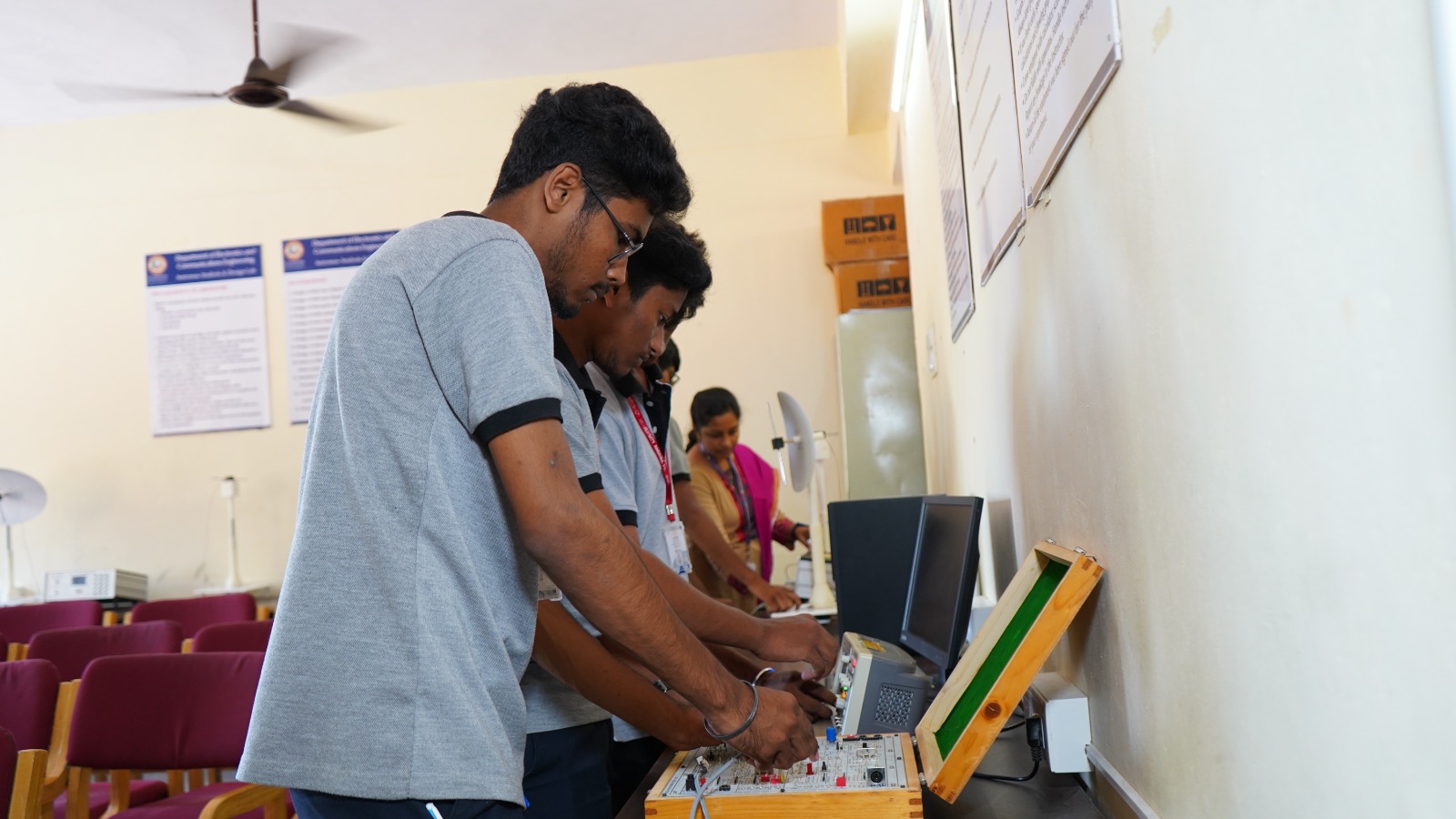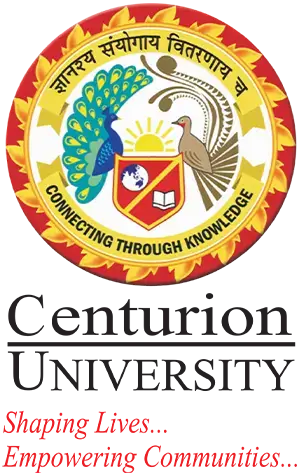About Department |
The Department of Electronics and Communication Engineering offers courses
- B.Tech in Electronics and Communication Engineering
- B.Tech in Bio Medical Engineering
- B.Tech in Industry integrated Electronics
Department of Electronics and Communication Engineering aims to produce qualified and dynamic engineers in the fast-changing area of Smart Devices, Mobile emerging technologies, automation, Industrial IoT, VLSI. The Department has a sophisticated and modern laboratory equipment and software/tool (HFSS, CADENCE, MATLAB, MULTISIM, KEIL vision, LABVIEW) for research and development work in the areas of Antenna and Microwave Engineering, Signal Processing and Communication, VLSI and Embedded System. The department of ECE undertakes real-time application projects in Smart Irrigation, Industrial IoT, Soil Moisture Prototype Development, Insulin Pump Prototype Development and Chip Design.
Academics
The Department of ECE offers BTech in Electronics and Communication Engineering that helps students to build competency in the following Specializations/Domains:
Domain;
- Embedded Systems and IoT
- Communication Systems
- VLSI Design and chip fabrication
- Bio-Medical Engineering
- Industry integrated Engineering
The breadth of the Electronics& communication engineering discipline allows students a variety of career options in any of the above domain area. The University/Department is equipped with state of art Lab/workshop for manufacturing products using Digital Signal Processing Lab. The lab are equipped with latest software like HFSS, OrCad, Multisim, MATLAB and Simulink, . VLSI Design equipped with latest software like CADENCE, Xilinx, Or Cad, Multisim, MATLAB and Simulink. Regardless of the particular path they envision for themselves, a communication engineering education empowers students with creative thinking skills to design an exciting product, use analytical tools and simulate digitally enabling them to fabricate a product.
The curriculum has been developed to use industry supported workshop and build said domain competency of students with strong hands-on skill, from design to make a product. These valuable skills build confidence for students to work in any manufacturing industry. Students are well exposed to software/tool viz; FreeRTOS, OrCad, Multisim, MATLAB and Simulink, AVR Studios, Keli compiler, Micro C, Visual DSP++ 3.5, MP Lab compiler and in hardware ARM, PIC kits. for digital manufacturing.
PSOs: Department of Electronics and Communication Engineering
PSO1. Graduates will apply their learning outcome of the programme creatively and productively in the fields Embedded Systems, VLSI , Communication Systems,BIO-Medical and industry engineers
PSO2. Solving real-life problems design and develop novel products that are technically sound, economically feasible and socially acceptable.
PSO3. Add value to interdisciplinary area in providing the solution in agriculture, manufacturing and security services.





